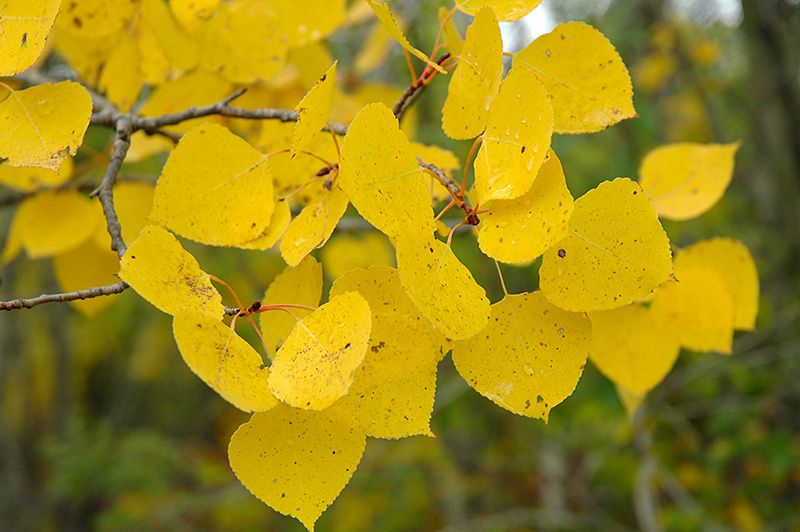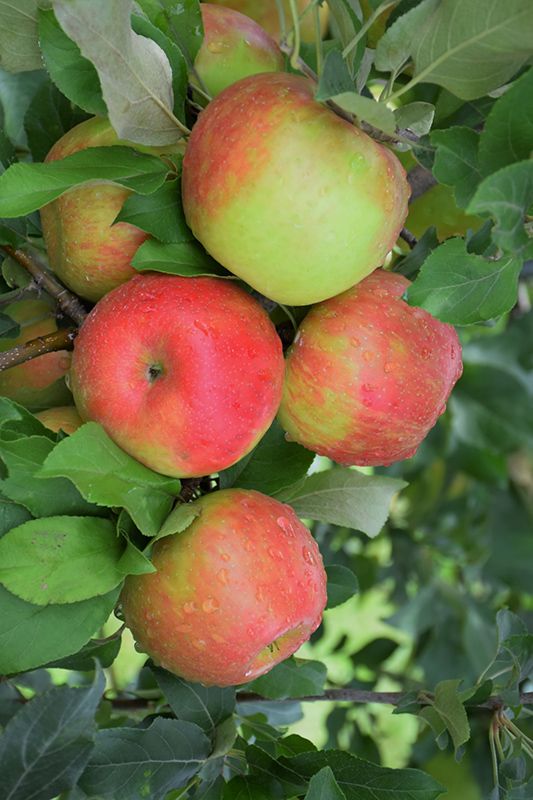Catalpa, Northern Catalpa (Large)



- Sun Preference
- Full-Sun
As low as $229.00
Description
A fast growing, upright tree with ascending branches and large, heart-shaped leaves. This large shade tree produces fragrant flowers in June.
Minnesota's Largest Selection of Trees
At Minnesota's Destination Garden Center, we offer a diverse range of trees to suit any landscaping need. Whether you're looking for shade trees to cool your home or ornamental trees to add beauty and interest, you'll find the perfect tree at Gertens. Our knowledgeable staff can help you select the right tree for your space and provide tips for care and maintenance. Visit Gertens today and explore the unmatched variety of trees to enhance your outdoor environment!
Details
Northern Catalpa | Catalpa speciosa
Height: 60 feet
Spread: 40 feet
Sunlight: full sun to partial shade
Hardiness Zone: 4a
Other Names: Western Catalpa
Brand: Gertens
Description:
A medium sized shade tree with enormous leaves resulting in a very coarse texture, use where this is required; very showy white and purple orchid-like flowers in early summer, long narrow beanpod-shaped fruit in fall are very ornamental
Ornamental Features
Northern Catalpa features showy panicles of fragrant white orchid-like flowers with yellow throats and purple spots rising above the foliage in mid summer. It has green deciduous foliage. The enormous heart-shaped leaves do not develop any appreciable fall color. The fruits are showy brown pods displayed from mid summer to late winter. The fruit can be messy if allowed to drop on the lawn or walkways, and may require occasional clean-up.
Landscape Attributes
Northern Catalpa is a deciduous tree with a shapely oval form. Its strikingly bold and coarse texture can be very effective in a balanced landscape composition.
This tree will require occasional maintenance and upkeep, and is best pruned in late winter once the threat of extreme cold has passed. It is a good choice for attracting hummingbirds to your yard, but is not particularly attractive to deer who tend to leave it alone in favor of tastier treats. Gardeners should be aware of the following characteristic(s) that may warrant special consideration;
- Messy
Northern Catalpa is recommended for the following landscape applications;
- Accent
- Shade
Planting & Growing
Northern Catalpa will grow to be about 60 feet tall at maturity, with a spread of 40 feet. It has a high canopy with a typical clearance of 7 feet from the ground, and should not be planted underneath power lines. As it matures, the lower branches of this tree can be strategically removed to create a high enough canopy to support unobstructed human traffic underneath. It grows at a fast rate, and under ideal conditions can be expected to live for 70 years or more.
This tree does best in full sun to partial shade. It is an amazingly adaptable plant, tolerating both dry conditions and even some standing water. It is not particular as to soil type or pH, and is able to handle environmental salt. It is highly tolerant of urban pollution and will even thrive in inner city environments. This species is native to parts of North America.
More Information
| Available for Pre-Order | No |
|---|---|
| Tree Type | Shade & Ornamental |
| Sun Preference | Full-Sun |
| USDA Hardiness Zone | 4, 5, 6, 7 |
| Common Family Name | Catalpa |


